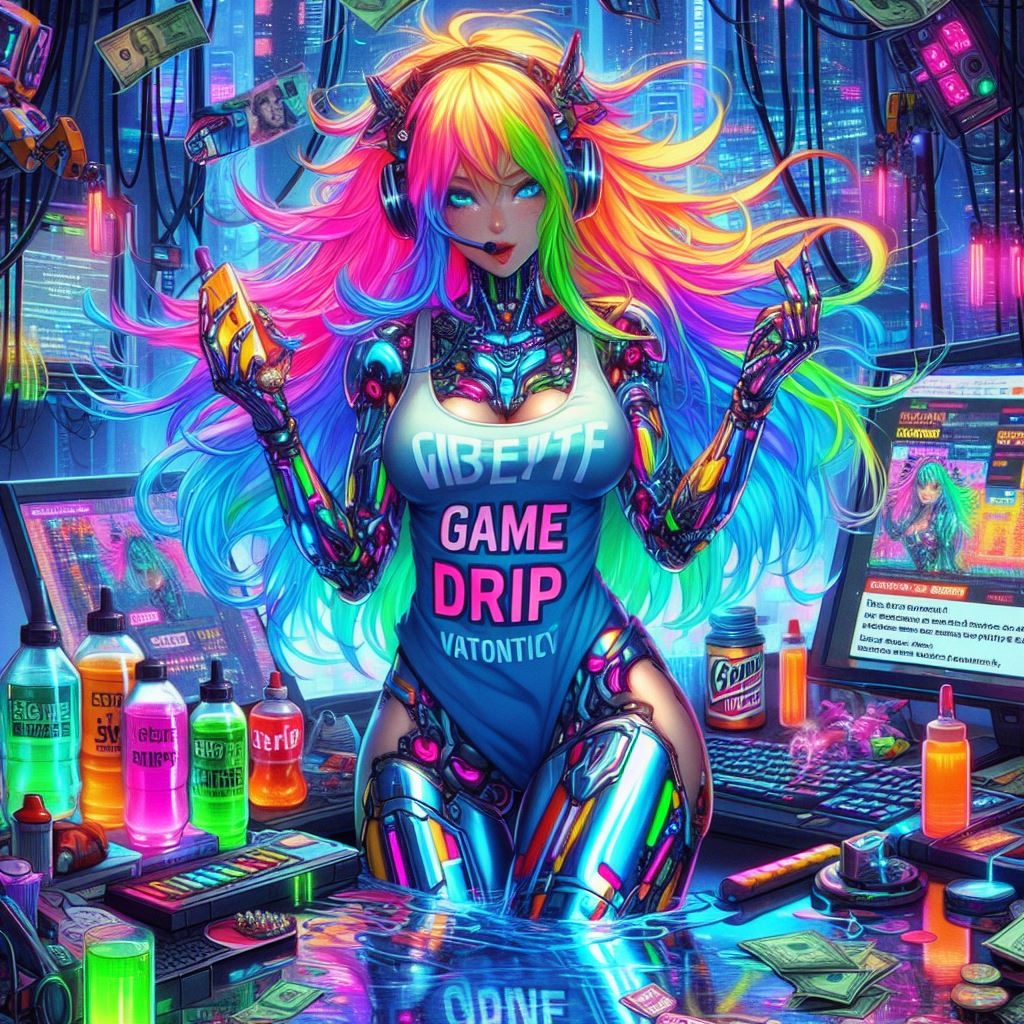As featured on Minecraft Servers Listing
#TrueOG #Network
Server Version: Purple 1.18.2
Supported Clients: Java 1.8.0-1.20.4 (1.8 recommended)

IPs (no whitelist): trueog.net, true-og.net, play.trueog.net, play.true-og.net, www.trueog.net, www.true-og.net
Join the community on Discord: https://discord.gg/ma9pMYpBU6
TrueOG Network is a 100% free and open source community-oriented Minecraft server. Inspired by the past, but not stuck in it, we bring the “AND” meta to the modern minecraft ecosystem via an expansive suite of custom plugins. The worlds of TrueOG SMP, which are a continuation of the worlds from OG:SMP Season 1, will never be reset.
Updates:
We have been developing the 1.19 update for a year and a half, and its almost ready to begin testing. 6 plugins left on the to-do list. We are actively recruiting developers and testers. Please join the discord for more information.

Our biggest and best gamemode, the TrueOG SMP is where it all began. TrueOG’s founders were once players on a server called “OG Network”which announced a map reset and a move away from the “AND” gameplay meta. TrueOG revolted by purchasing the Season 1 map and making it our own. We rebuilt Season 1’s features from the ground up, fixing long-known bugs, opening up the code to the community, and enhancing the experience wherever possible. The SMP has grown into its own, preserving the incredible history of the Season 1 map while facilitating a unique, yet familiar gameplay experience for our players. The meta is similar to a survival server from 2012, but running on a modern version of minecraft.
OG means more to us than “not being pay-to-win”. OG is about building upon what we loved about SMP servers back in the day. A robust item based economy. Competative, fast-paced PvP. Worlds that get richer & more fun to explore as versions go by, giving players a sense of deep time and community. The TrueOG Meta is more “AND” than OG:SMP and more anarchistic than anarchy. Here, you are truly free to play however you want, on a fair playing field. No bots. No hacks. TrueOG includes elements of factions servers from 2011-2013, like an in-game player marketplace, a constructed warzone, a diamond economy, no-click-delay (1.8) combat, and group homes. Raiding, griefing, and PVP is allowed.
A long-requested feature of the Season 1 community, Duels allow you to challenge anyone to a fight without risking your gear, experience, or SMP stats. We have over 8 different arenas and kits to try, which can be spectated by SMP players all over spawn. From Colosseum, our evolution of Season 1’s arena, to Blizzard, with a festive winter theme, to Ender. But be careful, those end crystals aren’t just for show! If you want to get competitive, you can try and make it to the top of the Duels Leaderboard! See who you’re up against using: /duel top
All duels take place using glorious 1.8 PVP, and in beautiful locations around TrueOG SMP’s spawn, constructed by our in-house build team. You will be equipped with golden apples, ender pearls, a variety of potions, and weapons/armor according to your kit selections. You can cycle through a random arena, or pick your favorite. You can also duel for Diamonds! Just type a number after your duel request, like: /duel [PLAYER] 10

Minecraft is linked to Discord 1:1, available to all, even without a rank. The server also has a unique translation plugin. No English supremacy here! We welcome you no matter what language you speak. Everyone can communicate with you by clicking on your messages in chat to translate them. Even server broadcasts can be translated. So let me be the first to say Welcome!
Overworld: 0 – 96k
Nether: 0 – 12k
End: 0 – 30 Million
1.16.5 Terrain:
0,0 – 40k
1.17.1 Terrain:
40k – 80k
1.18.2 Terrain:
80k – 96k
MANY more minigames are under development! The Herobrine, Splegg, OITC, Skyblock, etc. We host community testing sessions where you can get the opportunity to try them out.
Anybody can get involved with TrueOG Network! We can help teach you how to develop plugins. You can also spin up a server very similar to TrueOG using the source code on our GitHub. We publish everything we can as public domain software, and our teams are democratically structured. We are bringing back a principle we feel has been disappearing in the minecraft server community over the years: solidarity. We will never leave superior gameplay behind to chase trends.
Website: https://true-og.net/, https://trueog.net/
Store: https://store.trueog.net/
Mastodon: https://mastodon.gamedev.place/@trueog
Facebook: https://www.facebook.com/profile.php?id=100076093982787
Source Code: https://github.com/true-og/true-og/





















